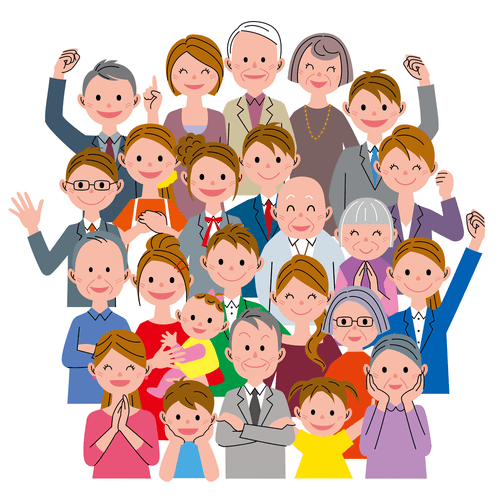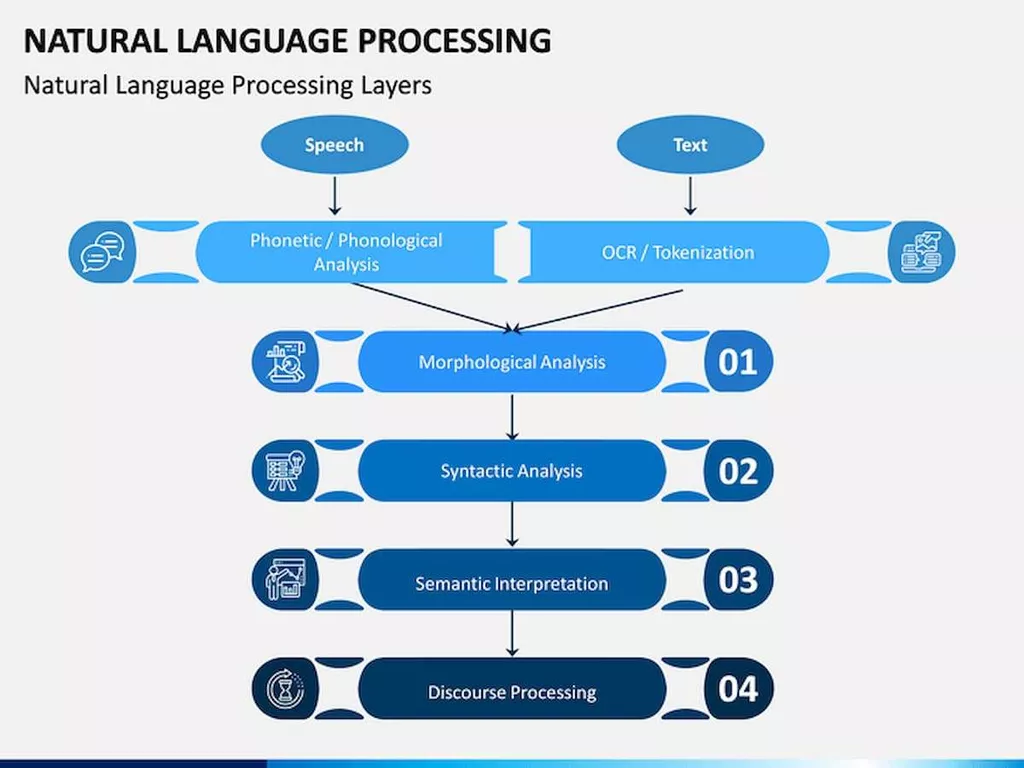Content
If you use an hourly or daily rate, your clients might be unsure how much money they’ll owe at the end of the job – you won’t know either. As with the hourly rate above, you may not know the full scope of the project or how many days it will take you to complete. My first project as a consultant lasted 3-months for $70K. But in 2016, I had no idea how to run my consulting business. It’s hard to figure out your consulting rates because you can charge whatever you want.
Consultant rates of payment are to be reasonable and consistent with fees for similar services in the market place. The consultant rate maximum limit is $650 per day or $81.25 per hour. This does not mean the rate can or should be the maximum limit for all consultants. Rates should be established on a case-by-case basis and must be reasonable and allowable.
How Many Consultants Have Used Value-Based Pricing
If you charge too little, you risk undermining your earning potential, regardless of how many clients you attract. Additionally, some clients may pass on your services because you’re too inexpensive. They may see a lower hourly rate as a sign of low experience or poorly developed skills.
But I have one question what if the consultancy that you made is new and you are just starting how do you know when is the time to rise your fee?. We start with a really low fee but we have seen really good results, but is hard to raise the prices, because one of the main things that make our customers loyal are does prices. A Better Leaderteam with expertise in leadership development and training.
How to hire a Ruby on Rails Developer 2023 – Updated Guideline
The cost varies considerably from firm to firm and, like any project, depends on what is involved in the particular project. My Consulting Offer has a team of former Bain, BCG, and McKinsey recruiters who keep in touch with consulting industry professionals. They also keep in touch with their MCO clients as they receive consulting offers. During your first two years, you’ll work on a variety of consulting projects in many different areas (e.g. financial consulting, HR, strategy consulting).

However, this depends mostly on the average hourly rates in the region and the consultants’ expertise. To save time and money, you can work with a reliable outsourcing technology consultant rates company like Cleveroad. We offer IT consultation from our senior specialists that’ll help you choose the best tech solution for your specific case.
CONSULTING
Keep in mind, if the average consulting fees are around $100 per hour, your experience and track record will need to be taken into account. If you are a brand new consultant, you may be charging closer to $50 or $75 per hour. Knowing how much to charge for your consulting fees is just half the battle. Now, it’s time https://globalcloudteam.com/ to learn how to communicate your prices with clarity and confidence. Remember that consulting rates shouldn’t be a decision you make on the fly. You need to account for your income goals, expenses, and the time you want to spend working with clients, but also for the value you provide your consulting clients.

Some consultants (e.g. copywriters) may charge hourly rates and others price based on a product (e.g. for a training workshop, you may charge per participant). Some small business consulting companies charge flat rates for specific consulting services or packages, and some charge a set hourly fee for services. Most mid-tier consulting firms pay a salary between $65,000-$70,000 for entry-level financial consultants. Senior financial consultants at these firms earn a salary of $112,000-$120,000.
How Much Does It Cost To Hire a Management Consultant?
Consulting is known to be a high profit-margin business — and the data supports that. 9.51% do not offer productized consulting and aren’t interested in doing so. They are another fantastic way to create greater leverage in your business. Recurring revenue can provide a higher sense of security because you know you have predictable income coming in each month.
- The consultants who charge the highest fees are lawyers, finance, and tax professionals.
- If you’re offering a 1-hour consulting session, consider the amount of prep work necessary and if your client will be able to send any post-consultation follow-up questions.
- You’re most likely transitioning to a consultant career from a previous job, business, or corporation.
- That comes to just over $67,000 per year if we assume a full workload of 40 hours per week, 52 weeks per year.
- It doesn’t look good to ask about the payback policy since it makes you look like you’re thinking of leaving after a relatively short period of time.
- You’ll likely spend those days doing admin work and finding new consulting clients.
And while that may work for certain big box discount stores, it’s probably not the approach that will work for independent consulting. Union vulnerability assessments, industry knowledge, media connections, and various experience levels and types of experience. Nail the case & fit interview with strategies from former MBB Interviewers that have helped 89.6% of our clients pass the case interview.
Marketing consulting rates
However, if you set your rates too high, you may alienate yourself from the client and out price yourself out of the project. Clients may perceive you as the high-end of the consulting or freelance market, and they may decide to settle for a less experienced but more affordable alternative. Average marketing consultants charge at least $100 an hour but can charge upwards of $1000 per hour depending on the type of marketing they help clients with. Some consultants also work with companies that have a net-15, net-30, or net-60 payment term. This means that in the company’s invoice management software, invoices are scheduled for payment after a set number of days upon receiving the invoice . Even though hourly rates aren’t ideal, they are often the foundation of your pricing strategy.








